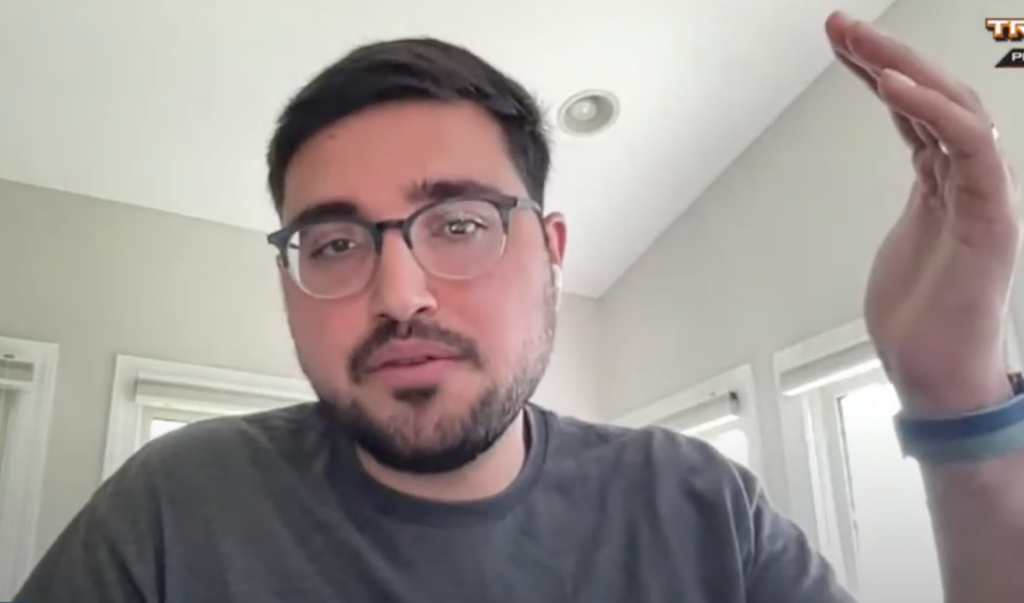It’s no secret that the indie game landscape is a really tough place to navigate. Around a thousand games hit Steam every month and developers have to find ways to stand out among the crowd. That’s where marketing comes in. But also in earlier stages of the development process, when studios are looking for investors or publishers, marketing can make the difference. Wahid Lodin, founder of PR & Marketing firm Loopr: “If you do a good enough job at marketing yourself, the publishers and investors come to you.”
Lodin’s advice for developers that are looking for publishers or investors is to be active online. “Publishers and investors are constantly browsing for new products and things to invest in on social media. Diversify your presence, so engage with as many social media platforms as possible”, says Lodin. “I would say that Twitter has become the foundational block of the game dev community. So start there. Don’t leave out LinkedIn and make sure you grow your Discord community as well. Another good way to reach consumers is Tik Tok, which is a fantastic platform to get eyeballs.”
Brand awareness
PR and influencer marketing are also valuable strategies to raise brand awareness for your game. While getting coverage on media sites like IGN or Game Informer won’t guarantee immediate sales, it helps establish your company’s profile and attracts the attention of investors and gamers alike. Publishers often look for studios and games featured on these platforms. Influencer marketing, including having Twitch streamers and content creators play and showcase your game, is equally important as it amplifies your reach and exposes your game to potential customers and investors.

When presenting your project to publishers or investors, there are two sets of key performance indicators (KPIs) to consider. The first set includes traditional metrics such as wishlist numbers, user engagement, conversion rates, and user acquisition costs. These are the metrics that publishers and investors typically look at to evaluate the potential of your product. Additionally, you can leverage marketing metrics to showcase the value of your game. “For example, active social media accounts with consistent engagement, participation in events like Wishlist Wednesday and Trailer Tuesdays, and growing Discord communities can demonstrate the popularity and demand for your game, which can be appealing to investors.”
Significant growth
On the marketing side, it’s important to highlight your Discord numbers and engagement, emphasizing how it has grown over time. Showing significant growth, such as going from zero to a hundred users or a hundred to a thousand, demonstrates the expanding reach of your game. It’s crucial to direct users from platforms like Discord and Twitter to your Steam page, as this indicates increasing interest and potential customers. Additionally, sharing the number of demo downloads and feedback from testers can further validate the viability of your product. “An Investor’s job is to run the ins and outs of your product and make sure that everything’s looking good for them, but half the job is for you to present it in a way to reassure them that that’s the case.”

When pitching to publishers and investors, it’s important to highlight the game’s unique selling points, such as innovative gameplay mechanics, strong market demand, or a dedicated fan base. Presenting a comprehensive business plan with well-defined marketing strategies and projected sales numbers can also be beneficial. Demonstrating a clear understanding of the target audience and market trends helps build confidence in the game’s commercial viability.
That guy
When talking about the right amount of followers or wishlists on Steam before launching a game on Steam, Lodin is clear: “I hate to be that guy but I don’t think that there’s a good minimum number. More important is the quality of that number. High numbers are great, but high engagement is much better. I believe one to two percent of wish lists convert for a steam product when they launch. But if you have a quality followership that number can be even higher.”
Watch the entire episode of IndieGameBusiness with Wahid Lodin

